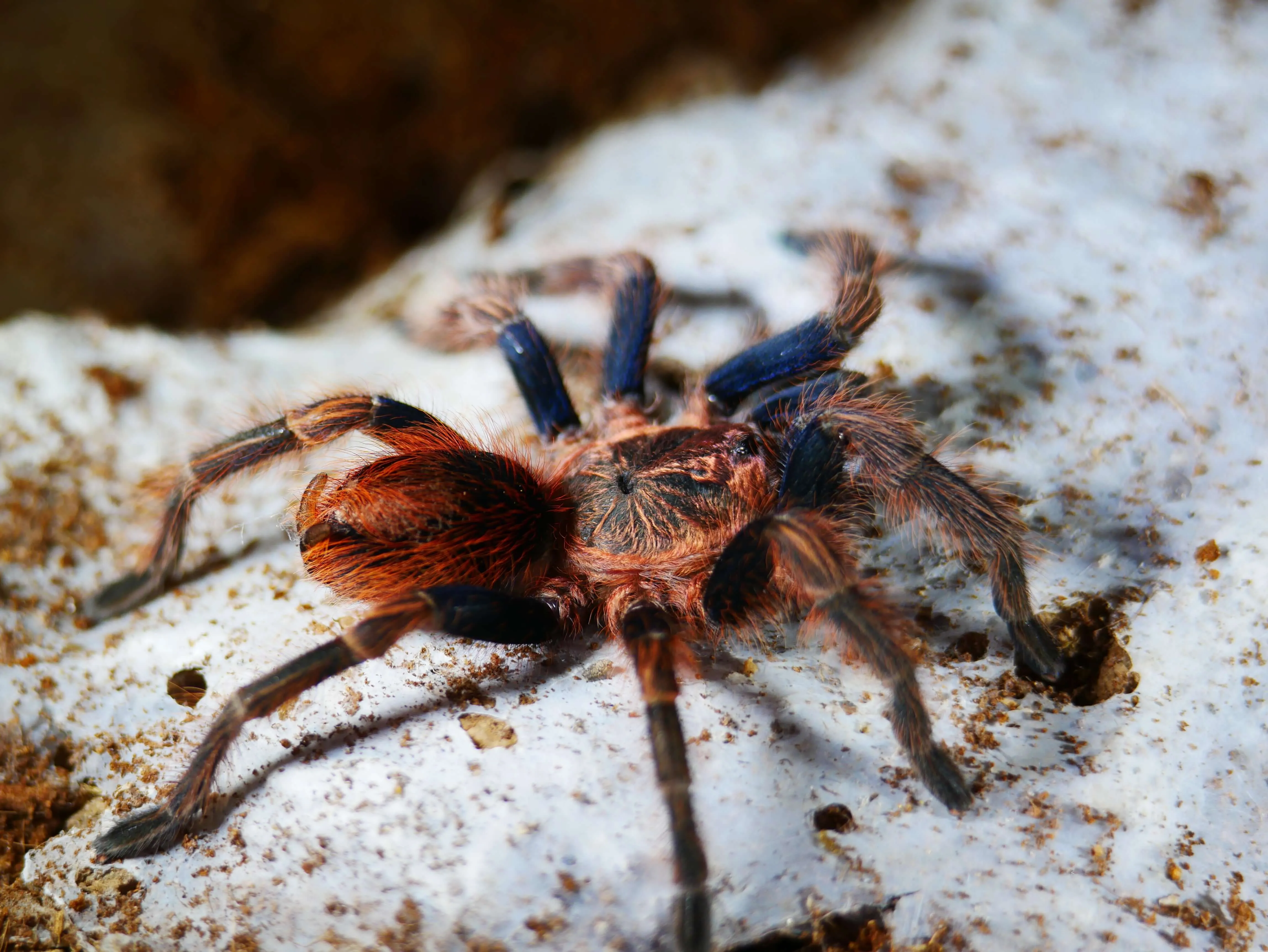Top 5 New World Tarantula Species
The New World tarantulas, native to the Americas, are a diverse group of arachnids that captivate enthusiasts and researchers alike. Known for their impressive size, vibrant colors, and unique behaviors, these creatures offer a fascinating glimpse into the world of invertebrates. This article delves into five of the most captivating New World tarantula species, exploring their characteristics, habitats, and intriguing lifestyles. From the Goliath Birdeater to the Greenbottle Blue, each species presents a distinct set of features that make them stand out in the tarantula world. Discovering these remarkable arachnids enhances our understanding of biodiversity and the intricate balance of ecosystems they inhabit. Prepare to be amazed by the diversity and beauty of these incredible creatures.
The Goliath Birdeater (Theraphosa blondi)
The Goliath Birdeater, as its name suggests, is one of the largest tarantula species in the world, often reaching leg spans of up to 12 inches. Found in the rainforests of northern South America, this impressive arachnid is a sight to behold. The Goliath Birdeater’s size and formidable appearance make it a popular, albeit challenging, species for experienced keepers. Their sheer size is a testament to the diversity and wonder of the natural world, providing a captivating example of invertebrate gigantism. They are truly impressive creatures, showcasing the incredible adaptations of arachnids in their natural environment. The Goliath Birdeater stands as a symbol of the remarkable diversity found within the tarantula family, making it a truly exceptional species.
Appearance and Characteristics
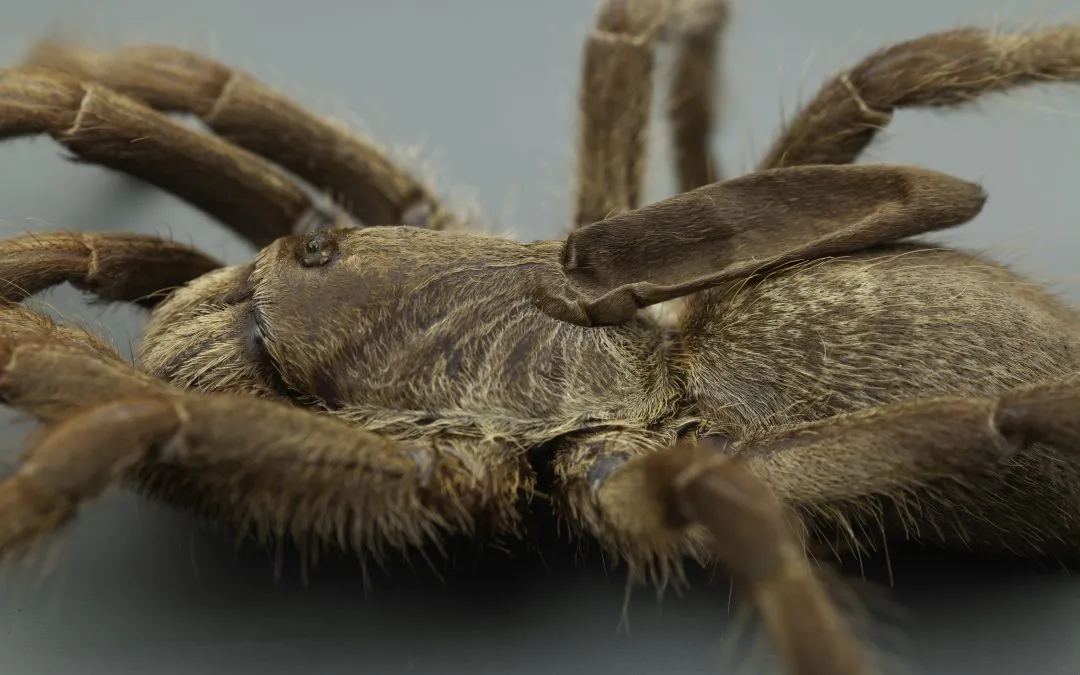
The Goliath Birdeater is characterized by its robust build and reddish-brown coloration. They have thick, hairy legs and a large carapace. These tarantulas also possess urticating hairs, which they can flick at potential threats, causing irritation. Their size and impressive fangs add to their intimidating presence, making them a truly remarkable species. Their appearance reflects their role as apex predators in their environment. The Goliath Birdeater is a visual representation of the raw power and adaptability that defines the tarantula family. These features allow them to thrive in their natural habitats, contributing to the ecological balance of the rainforest.
Habitat and Distribution
These giants are native to the rainforests of northern South America, including countries like Venezuela, Guyana, and Brazil. They typically inhabit burrows in the ground, often near swamps or marshy areas, where they can find suitable humidity levels. Their habitat preferences showcase the intricate relationship between these arachnids and their surroundings. The Goliath Birdeater’s presence in these areas highlights the importance of preserving these unique ecosystems, as they are crucial for the survival of this impressive species. Understanding their habitat is essential for the successful care and conservation of this remarkable tarantula.
Diet and Behavior
As the name suggests, Goliath Birdeaters are capable of preying on birds, although their diet primarily consists of insects, worms, and other invertebrates. They are ambush predators, waiting patiently for prey to come within striking distance. They are known for their defensive behaviors, including the use of urticating hairs and a threatening posture. Understanding their dietary needs is crucial for providing proper care. Their predatory behavior showcases their role in the ecosystem, contributing to the balance of their natural environment. Their hunting strategies and behaviors highlight the complex nature of tarantula survival.
The Mexican Redknee Tarantula (Brachypelma hamorii)
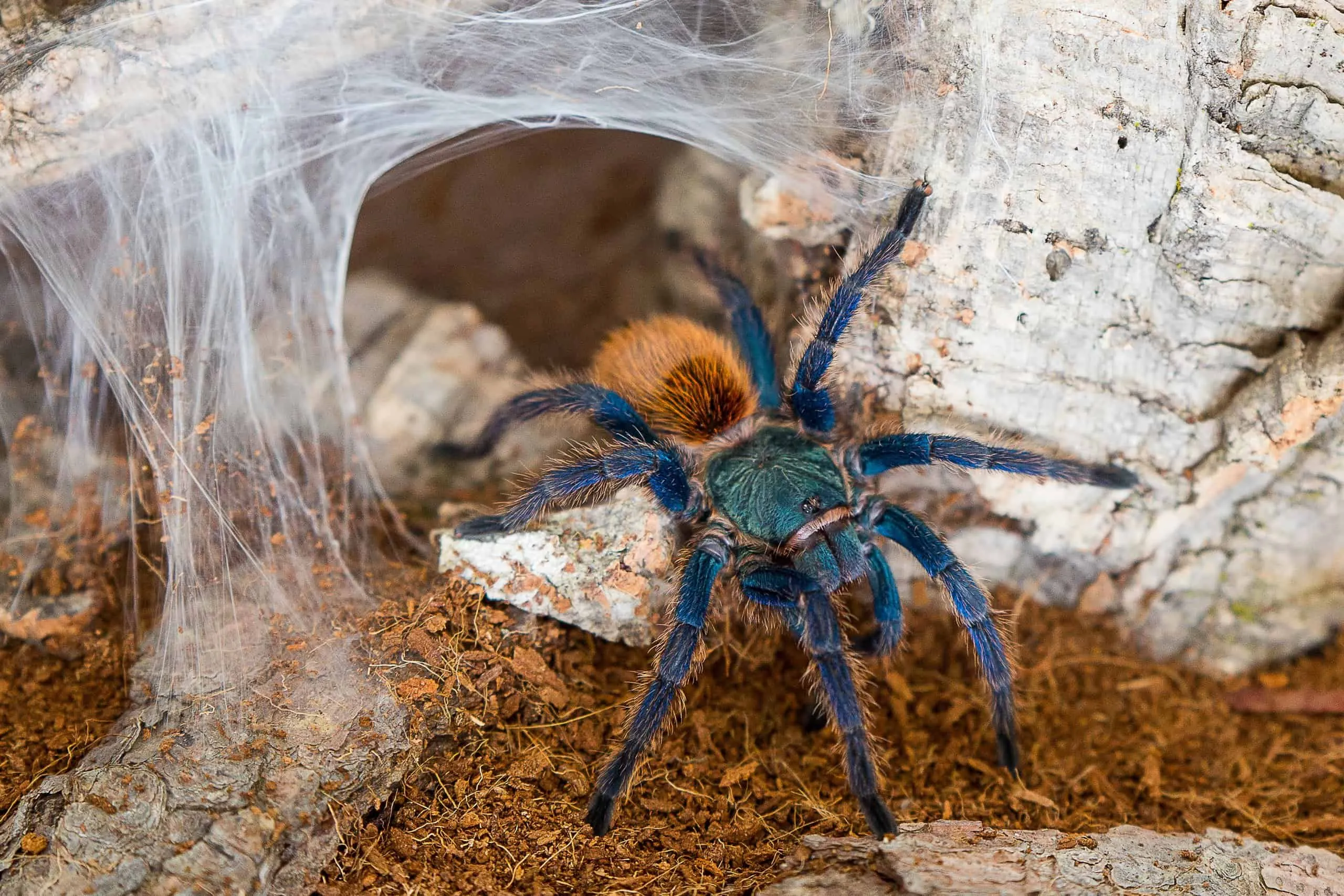
The Mexican Redknee Tarantula, with its striking red and black coloration, is one of the most recognizable and popular tarantula species in the pet trade. Known for their docile temperament and relatively easy care, they make a great option for both beginners and experienced keepers. The Mexican Redknee’s beauty and ease of care have contributed to its popularity as a pet. This makes them a fascinating subject for study and observation. Their vibrant appearance and manageable care requirements make them a great introduction to the world of tarantulas.
Appearance and Characteristics
These tarantulas are characterized by their striking black body and vibrant red or orange markings on their leg joints. This distinct coloration is a key feature that sets them apart. Their striking appearance makes them highly sought after in the pet trade. The striking color combination is a sight to behold, making them a favorite among tarantula enthusiasts. The contrast of the black body and red joints creates a beautiful visual, adding to their appeal as pets.
Habitat and Distribution
Native to the arid scrublands and deciduous forests of the Pacific coast of Mexico, these tarantulas prefer dry, warm environments. They often burrow underground or seek shelter under rocks and logs. Their habitat reflects their adaptation to the conditions of their native environment. Understanding their habitat requirements is essential for providing the proper environment in captivity. These environments provide the perfect conditions for their survival.
Diet and Behavior
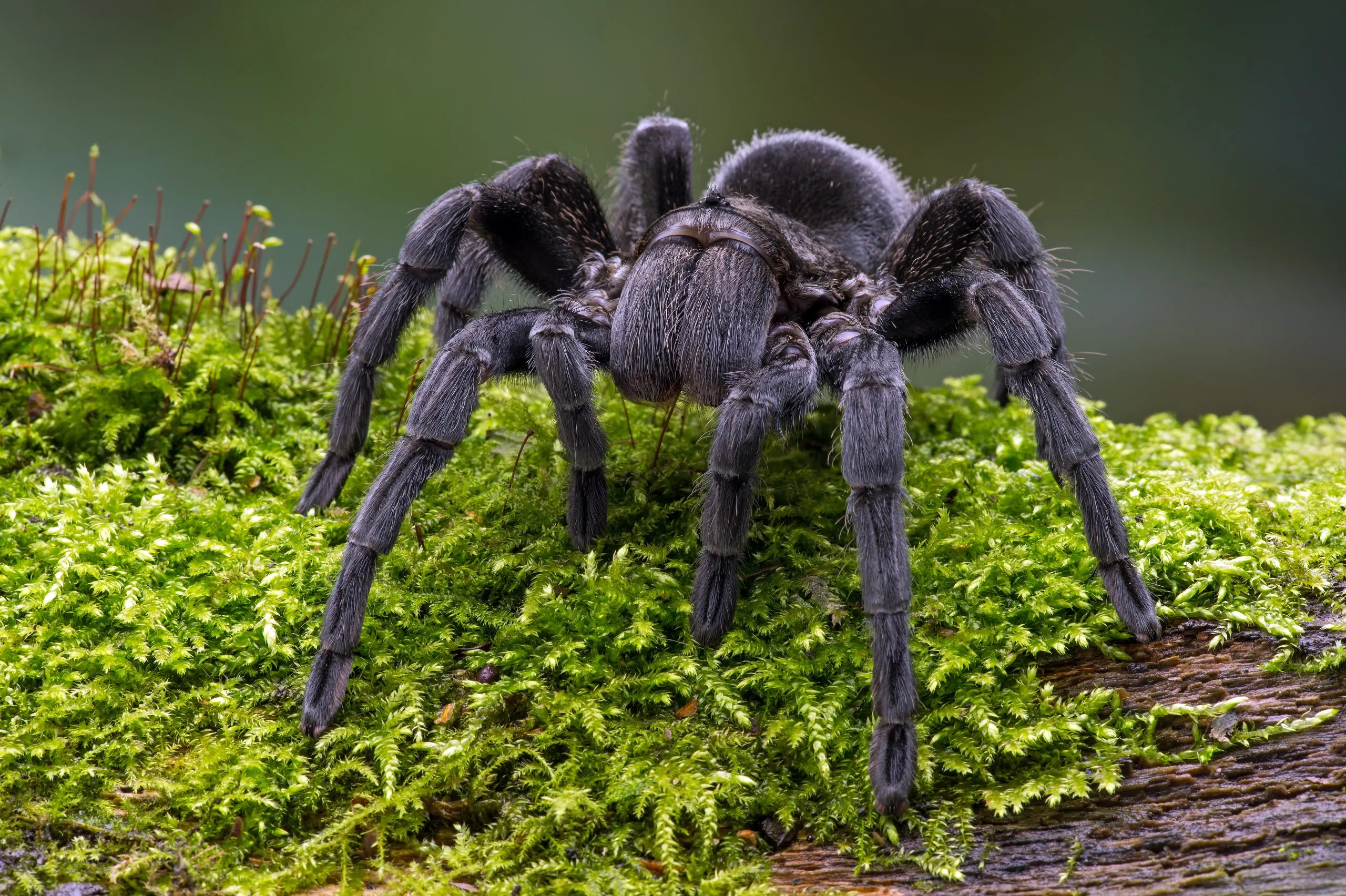
Mexican Redknees are opportunistic feeders, primarily consuming insects such as crickets and mealworms. They are known for their relatively docile nature, making them suitable pets. They are also known to be slow-growing and long-lived, adding to their appeal. Their feeding habits and behavior make them relatively easy to care for, contributing to their popularity. Their docile nature allows for easier handling and observation, making them a great pet for many people.
The Chilean Rose Tarantula (Grammostola rosea)
The Chilean Rose Tarantula is another popular choice for tarantula keepers, particularly beginners, due to their gentle temperament and hardiness. These tarantulas have a reputation for being calm and easy to handle. Their adaptability and ease of care make them an accessible and enjoyable pet. Their appeal to beginners is a testament to their overall temperament and care requirements. Their resilience and calm demeanor make them an excellent choice for those new to tarantula keeping.
Appearance and Characteristics
These tarantulas typically have a brownish or pinkish coloration, with a furry appearance. They are known for their relatively small size and docile nature. Their appearance is a classic representation of tarantula characteristics. Their calm nature makes them an ideal pet for those seeking a less demanding experience. Their furry appearance and calm demeanor contribute to their popularity.
Habitat and Distribution
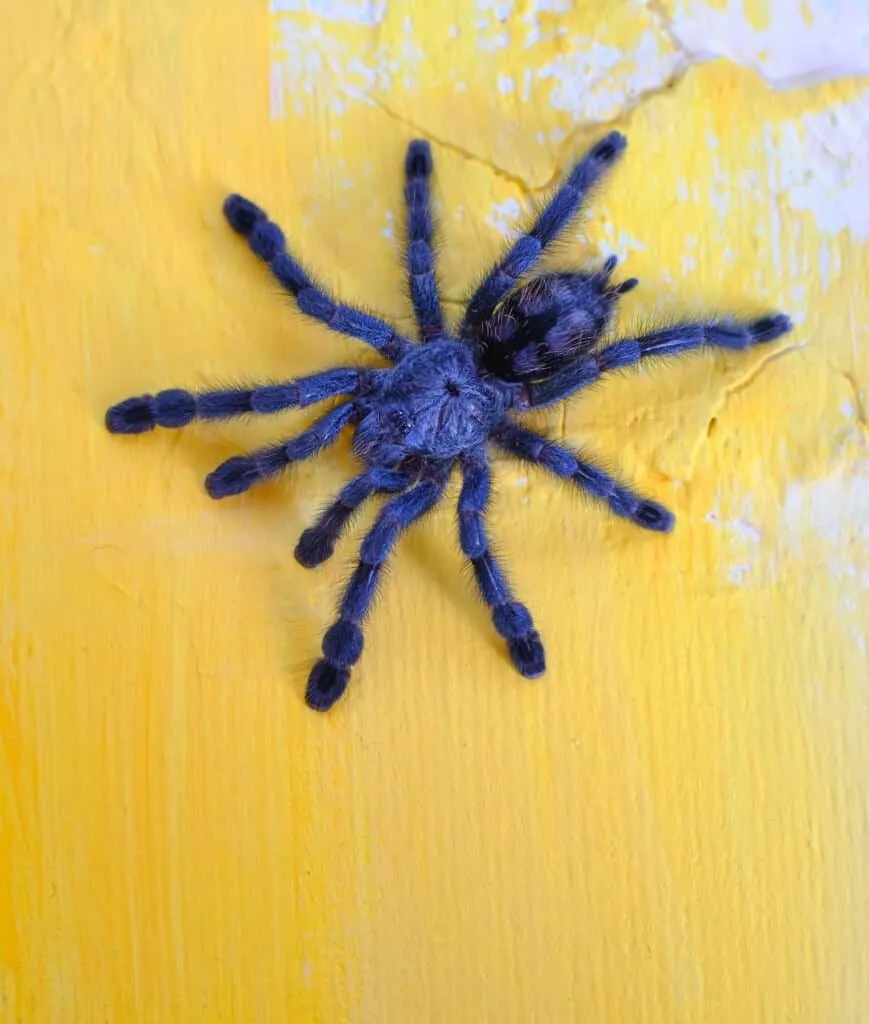
Native to the deserts of Chile, these tarantulas thrive in arid environments. They are often found in burrows, seeking shelter from the sun and heat. Their adaptation to arid environments showcases their resilience. Understanding their habitat requirements is vital for successful keeping. The unique environment where they live adds to their overall intrigue and fascination.
Diet and Behavior
Chilean Rose Tarantulas are opportunistic feeders, consuming insects and small invertebrates. They are generally slow-moving and prefer to remain hidden. Their simple diet and predictable behavior make them ideal pets. Their calm and predictable nature makes them ideal for those new to the world of tarantulas. They are also known for their relatively low maintenance needs.
The Pinktoe Tarantula (Avicularia avicularia)
The Pinktoe Tarantula, a vibrant arboreal species, stands out for its striking pink coloration on its toe pads. Known for their arboreal lifestyle, they are a favorite among keepers. The Pinktoe Tarantula brings a unique element to the tarantula family. They are appreciated for their beauty and unique behavior. Their vibrant appearance and active nature add to their appeal.
Appearance and Characteristics
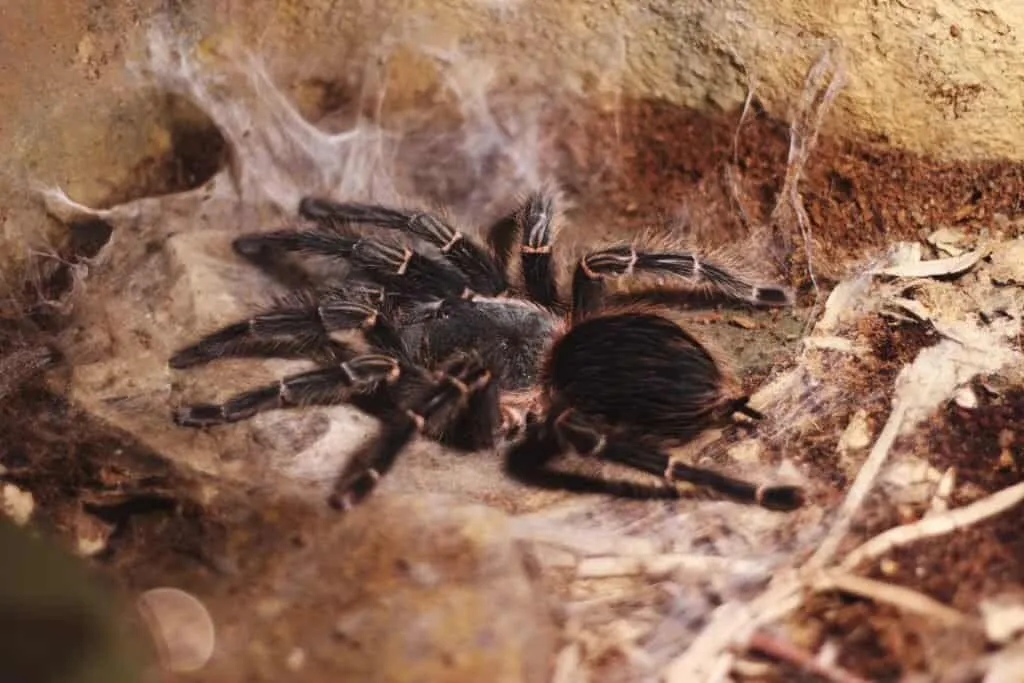
These tarantulas are characterized by their dark bodies and distinctive pink toe pads. Their arboreal nature is another key feature. Their appearance makes them stand out among other tarantula species. Their distinctive features contribute to their popularity in the pet trade. The combination of their dark bodies and pink feet creates a visually appealing contrast.
Habitat and Distribution
Pinktoe Tarantulas are native to the rainforests of South America, including countries such as Brazil and Guyana. They live in trees, constructing silk retreats. Understanding their habitat preferences is essential for their successful care. Their preference for arboreal living makes them unique. Their habitat preferences require specific care and consideration.
Diet and Behavior
These tarantulas primarily feed on insects and other invertebrates, capturing prey in their arboreal habitat. They are generally active and can be observed frequently. Their behavior makes them an interesting species to observe. Their dietary needs require specific types of food. Their arboreal behavior adds to their unique appeal.
The Greenbottle Blue Tarantula (Chromatopelma cyaneopubescens)
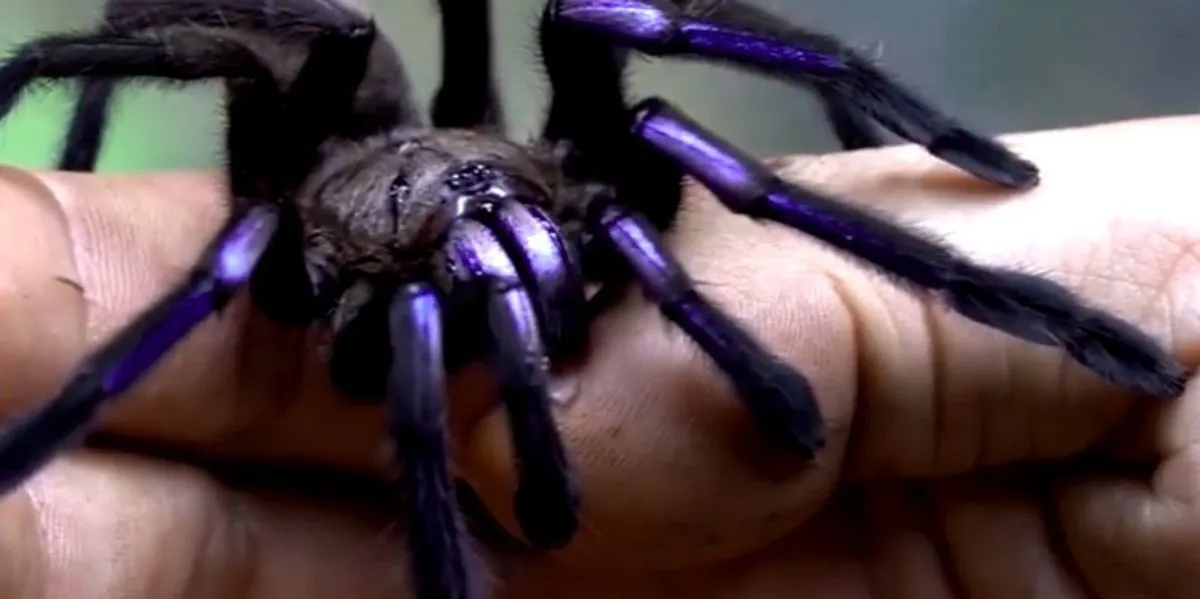
The Greenbottle Blue Tarantula is a stunning species known for its vibrant coloration. This tarantula is highly sought after for its striking appearance. Their vivid colors and interesting behavior make them very attractive. Their beauty makes them one of the most popular in the tarantula world. The combination of their colors and care requirements make them a great choice.
Appearance and Characteristics
This tarantula is famous for its iridescent blue legs, green carapace, and orange abdomen. Their beautiful colors set them apart. Their vivid colors make them popular among keepers. The combination of colors is a sight to behold. Their color combinations are unique.
Habitat and Distribution
Native to the arid coastal regions of northern Venezuela, they prefer dry, well-ventilated environments. They often construct elaborate webs. Understanding their habitat is essential. Their web-building habits set them apart. Their habitat must be taken into consideration during care.
Diet and Behavior
The Greenbottle Blue Tarantula primarily feeds on insects. They are known to be active web-builders. Their feeding habits are similar to other tarantulas. Their active nature makes them interesting to observe. Their behavior makes them fascinating.
Conclusion
The New World tarantulas offer a diverse range of species, each with its own unique characteristics and behaviors. From the giant Goliath Birdeater to the colorful Greenbottle Blue, these arachnids provide endless fascination. Exploring these species enriches our understanding of biodiversity and the complex balance of ecosystems. As we continue to learn about these fascinating creatures, we appreciate their role in the natural world. The study of these creatures enhances our knowledge of the natural world. Their beauty and complexity are a testament to the wonders of nature.
